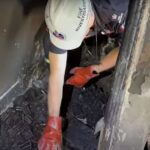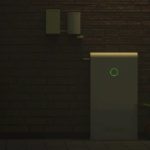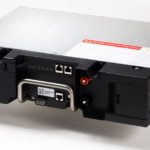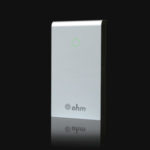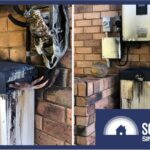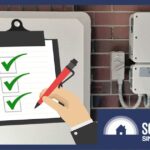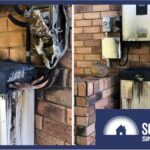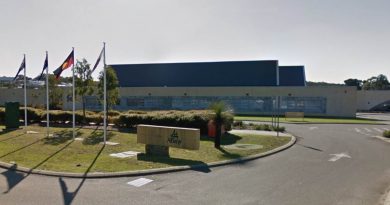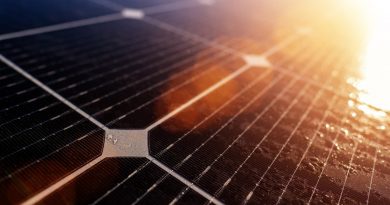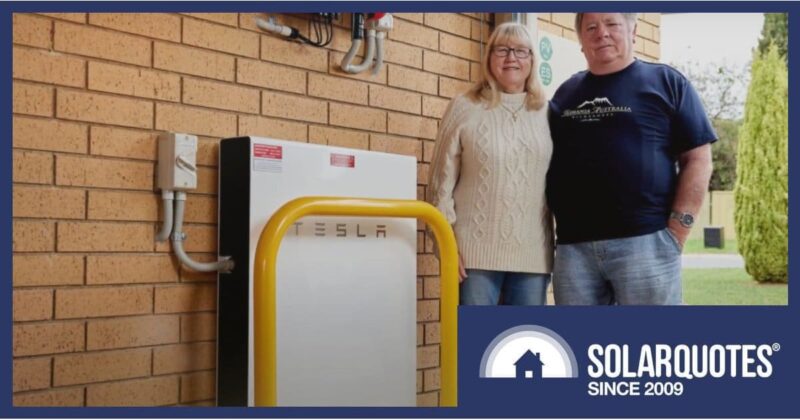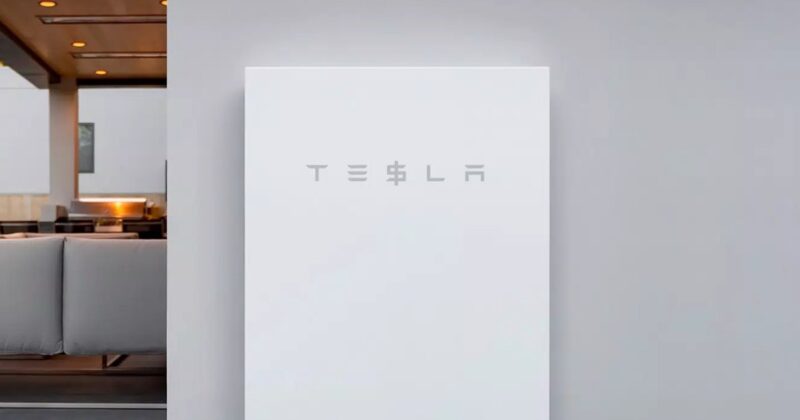Home Battery Fires In Australia – What Are The Facts?

Lithium-ion battery fires are on the increase, but how many of these incidents involve solar batteries?
Li-ion batteries are ubiquitous; used in everything from tiny sensors to hand-held electronics, scooters, home battery systems, electric vehicles, and large-scale renewable energy storage facilities with thousands of megawatt-hours capacity. An advantage of Li-ion tech is a lot of energy can be packed into a small area. And that’s one of its potential disadvantages too.
When things go wrong with a lithium-ion battery, they can go wrong in a big way and quickly. Misuse, incorrect installation or manufacturing faults can result in a situation where a battery gets hot, and that fuels a further boost in temperature. This can end in bulging, venting toxic gases with flame or even an explosion. This scenario is called thermal runaway and fires under these conditions can be difficult to put out.
Home Battery Safety In Australia
Home energy storage needs to incorporate a good quality battery management system (BMS) to ensure the unit stays within limits of safe operations; adjusting with age and avoiding the potential for a thermal runaway event. Chemistry also plays a role, with lithium iron phosphate (aka LiFePO4 or LFP) widely considered the safest. But overall safety is heavily dependent on the quality of the BMS – and the installer. Even the best components can be negatively impacted by shoddy installation.
Here in Australia, standards introduced in 2017 help ensure safety; minimising the risk of thermal runaway, fire, and electric shock. IEC 62619 certification involves testing a battery for protection against:
- Water submersion
- Piercing
- Dropping
- Crushing
- Short-circuit
- Under-charge
- Over-charge
.. and more.
Added to that are stringent standards for installation (Australian Standard AS5139), which dictate where home batteries can be installed. This focuses on minimising damage and threat to life if things go pear-shaped.
Li-ion Battery Fire Statistics
While solid stats are thin on the ground, what is available indicates the vast majority of Li-ion fires do not involve home batteries.
According to this report, approximately one in every 100 fires attended by Fire and Rescue New South Wales (FRNSW) involves a lithium-ion battery or a device containing them. FRNSW attended 171 lithium-ion incidents in 2022 and 285 in 2023.
But how many of those were residential battery storage system fires?
- 1 in 2022
- 3 in 2023
So, around 1% of these Li-ion fires involved a home battery in 2023. Over the two years, the systems involved were a Zenaji Aeon, a Solax and a PowerPlus system. One was also listed as “unknown”, and could have been this nightmare DIY system we reported on early last year. Interestingly, there were no recalled LG batteries listed among them, although the Solax *may* have had LG cells as some systems from that brand were affected by the recall.
An ACCC report from 2023 noted 15 reported renewable energy storage fires across Australia in the period 2017–18 to 2022–23.
How Many Home Batteries In New South Wales?
Publicly available figures on installations are even harder to find. Clean Energy Regulator (CER) figures indicate close to 93,000 solar PV systems had been installed concurrently with battery storage across Australia as at the end of last year; 20,836 of them in New South Wales. But the CER’s figures may only be (less than) half the story as they are based on voluntarily disclosed data for concurrent installations, and also omit retrofits. But a report from SunWiz indicates 254,550 battery storage systems had been installed in homes across Australia from 2015 to 2023 inclusive.
Even based just on the CER figures, the number of home battery fires attended by FRNSW in 2023 would represent just 0.0144 per cent of the total 20,836 systems reported to have been installed concurrently with solar panels. It’s very low and would be far less based on the real number of solar battery installations.
Some uptick in incidents can be expected as more batteries age and faults reveal themselves. But generally speaking, standards-compliant solar battery storage is safe and it should only get better as related technology and rules evolve.
As mentioned, a safe solar battery installation is as much about the installer as it is about the system. If you’re considering home energy storage, SolarQuotes can arrange for quotes from solar battery installers we know and trust, who will recommend the best solution for your circumstances and ensure the job’s done right.
Original Source: https://www.solarquotes.com.au/blog/home-battery-fires-mb2977/




